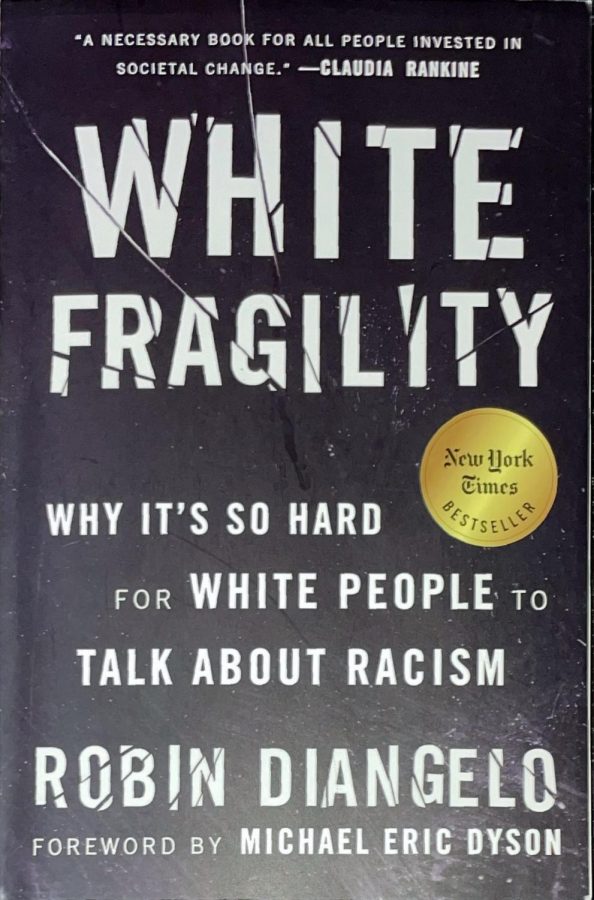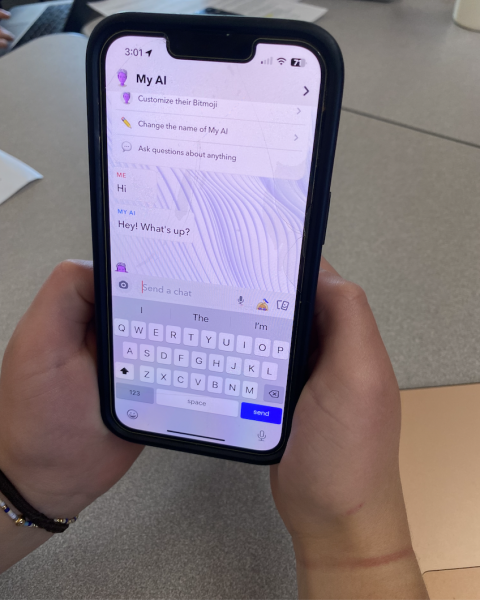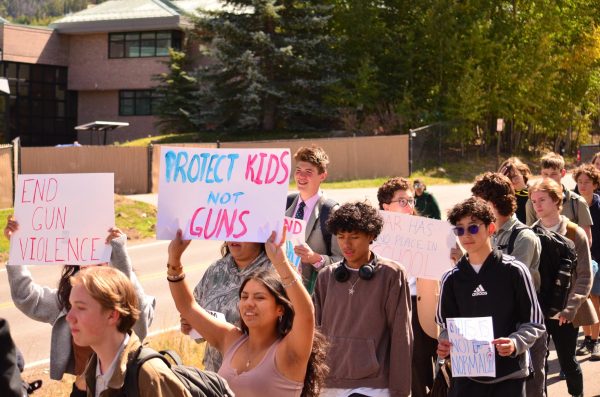The problem with white fraglity
Photo of the cover of White Fragility By Robin Diangelo
The Problem With White Fragility
Ava Cherry, Writing Editor | February 20, 2021
White Fragility by Robin DiAngelo has continued to create conversation about combating racism since its original publication in June 2018, yet many critics argue the book neglects mention of structural change and patronizes Black people.
DiAngelo characterizes the term “White Fragility” as the defensive response White people have to the confrontation of their racial worldview or mention of their whiteness and its associated privilege. DiAngelo asserts that White people tend to view themselves as the default race, or even “raceless,” enabling separation from the discomfort brought forth by the real-world impact of the social construct of race and its mention. DiAngelo often speaks of aversive racism, a theory proposed and studied by Samuel Gaertner and John Dolvidio. This theory proposes a more subtle form of racism which typically manifests in the evasion of other racial groups for whom — in the context of White Fragility — White people have a negative apprehension of. Although averse racism is a form of prejudice, it is said to be unconscious and more complex than overt racism, and may be a cause of psychological processes such as social categorization. DiAngelo makes the case that racism is associated with extremists such as members of the KKK or neo-Nazis, thus leading people to falsely deduce that they are not racist because they do not express the overt racism that extremists do and because they want to distance themselves from these extremists. Additionally, DiAngelo criticizes White progressives’ tendency to avoid introspection of their own unconscious racial biases. Although DiAngelo acknowledges the harm of “color blindness,” negative stereotypes, and individualism, she fails to adequately describe the system(s) that created these conditions and how to repair them, be it through policy and reform or revolution.
White Fragility possibly implies that White people must be at the forefront of anti-racist action, as DiAngelo prioritizes White refelction on the racists sytems they participate in, and their racial baises, as opposed to focusing their reflections on said racist instiututions. This notion is antithetical to the works of many notable Black activists including members of the Black Panther Party and Black Autonomy Federation. Malcolm X was one of the first people to articulate the need for Blacks, and people of color to unite and strike, regardless of the willingness or ability of White allies to do so. In the Black Autonomy Federations’ Capitalism and Racism An Analysis of White Supremacy and the Oppression of Peoples of Color, it is asserted that, “this self-activity of the the oppressed masses of color when it reaches the radical stage is inherently a revolutionary force and is an essential part of the social revolutionary process of the working and poor class.” Although White people should work to be actively anti-racist and oppose the systems that maintain the oppression of POC, the Black Autonomy Federation notes that “this system really works for white supremacy, and that all classes of whites have been beneficiaries of our oppression, and that white class collaboration-ism is part of the social control mechanism of the state.” Moreover, reading White Fragility it makes people feel as though they have done the work necessary to oppose racism. Although DiAngelo’s intent was likely to prompt reflection in White people so that they would be inclined to be open to conversations about race and to oppose institutionalized racism, the execution of the book hinders her ability to do so. Many people have felt that the act of reading White Fragility is putting in the work to oppose racism and that one’s acknowledgement of their own prejudice may mean they are no longer racist. Once White people finish reading White Fragility, it is likely that they will remain complicit, contradictory to the purpose of the book. Moreover, White Fragility neglects to address the role of colonialism, capitalism, and states in conceiving and establishing racism, as they have created a society which relies on exploitation and oppression for economic productivity and relies on hierarchy to function.
The biggest failure of White Fragility is its condescension towards Black people. DiAngelo’s work is overtly racist. In an article published on The Atlantic, John Mcworther, a linguist and a professor at Columbia University argues that White Fragility “openly infantilized Black people” and “simply dehumanized us.” DiAngelo did so by lessening Black people through deeming that Black people require a child-like degree of sensitivity due to their oppression and mistreatment throughout U.S. history. In turn, DiAngelo highlights the white perspective on racism, to a largely White audience without mentioning the ways in which racism has harmed people of color and without allowing Black people to take part in a conversation surrounding ways to combat their oppression.
If you are a white person looking for literature on how to combat or acknowledge institutionalized racism, try reading the works of Black leftists such as Frantz Fanon, Angela Davis, or Huey P. Newton, rather than those of a hypocritical, racist white liberal who has made a living deeming other white liberals not progressive enough.

Ava is a senior at AHS. This is their third year writing for The Skier Scribbler. Ava is eager to contribute to the newspaper and is passionate about writing,...


































